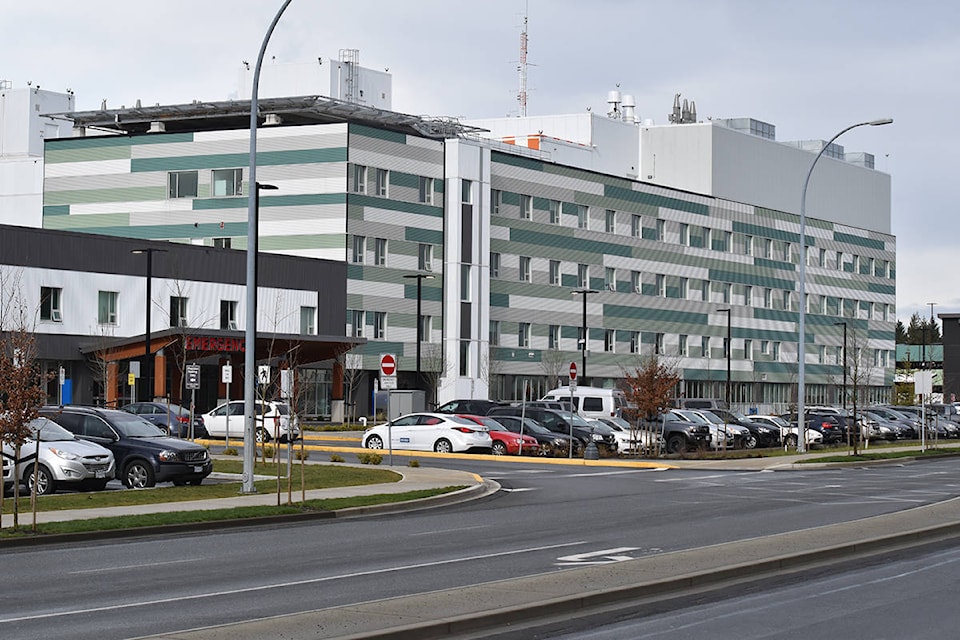A lack of long-term care beds is putting much of the pressure on acute care beds inside the two new North Island Hospital campuses.
This was part of the message Scott McCarten, Island Health’s corporate director for capital management and finance projects, had for board members of the Comox Strathcona Regional Hospital District (CSRHD) during a meeting on Sept. 17.
The CSRHD board comprises local and regional district government representatives from the Comox Valley and Strathcona regional districts, and oversees local taxation for capital projects in the health care system in the region.
As part of a presentation on the two hospitals, McCarten recognized the hospitals often face a problem when it comes to patient loads.
“Our hospitals are often over-capacity,” he said.
One of the main contributors, he explained, has been an overflow of patients who should otherwise be in long-term care facilities.
“There’s a need for investment in all our communities,” he said.
RELATED STORY: Comox Valley hospital operating above patient capacity
RELATED STORY: ‘It breaks our hearts and spirits’: North Island health care advocates decry overcrowded hospitals
He suggested the board, as part of its strategic planning process, could consider ways to partner on initiatives aimed at increasing the number of long-term beds in the community. Specifically, the north part of the Island could use a couple of facilities with 150 to 200 beds each. Island-wide, the demand is roughly 800 to 1,000.
“The demand is far outpacing the capacity to build,” he said. “We all know we’ve got a growing and aging population.”
The population of seniors is expected to double over the next 15 years. McCarten’s numbers also showed there is a problem in many places, although the north part of the Island is even further behind in the proportion of beds available to people 75 years or older. The number of long-term care beds for people on the Island is 63.5 per 1,000 compared to about 68 for B.C. as a whole. In contrast, for the Interior the number is 79.2.
“We know that across the Island and across the province, we need more long-term care capacity,” he said, adding, “Investing in long-term care sites will help the acute care sites.”
Several board members were not happy with the suggestion, saying the hospitals were built too small and now it sounded like they were being told they had to look at ways to raise capital for long-term care facilities as a way to find more places for seniors as well as take pressure off hospitals.
One of the obstacles, said David Frisch, one of the Courtenay representatives through the CVRD, is that local government has fewer options when raising taxes compared with the provincial government, though he did appreciate seeing the data concerning the challenges they face in terms of demand.
“The numbers are definitely informative,” he said.
Some board members, such as Jim Abram, one of the SRD representatives, said they were being pushed into considering operating costs such as long-term care rather than purely capital projects.
“We don’t have the resources,” he said.
Andy Adams, the mayor of Campbell River and an SRD representative, used to work in health care administration, but he questioned McCarten’s implication the region needs to consider raising capital for long-term care beds if it wishes to be eligible to get provincial funding for the beds.
“I’m somewhat disturbed and a little bit offended,” he told McCarten. “I’m really struggling with the suggestion you have put forward.”
McCarten later clarified that he meant this was only an opportunity for the region to consider while planning rather than an ultimatum.
mike.chouinard@comoxvalleyrecord.com
Like us on and follow us on .



